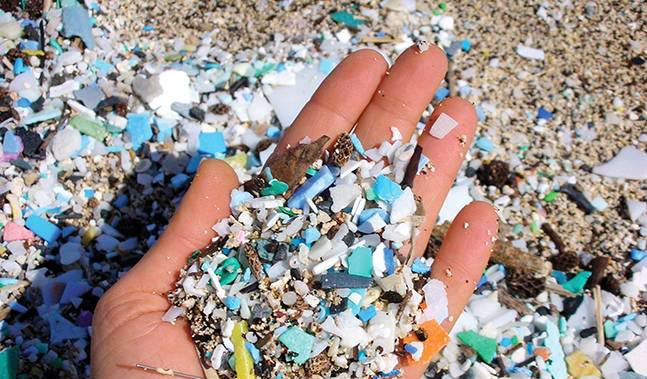Particles of microplastic are almost invisible to the naked eye, and therefore freely enter the human body with water or food. In the human body microplastic particles can cause serious pathologies. In addition to the mechanical effect on the circulatory system accompanied by inflammatory processes, microscopic plastic granules can “transfer” and release toxic substances that initially enter the polymer material as impurities during the manufacturing process. There are innovative pharmacological developments involving the use of polymer/microplastic carriers for transporting the active substance in the cells and tissues of the body.
The special hazard potential of microplastics for the inhabitants of the marine environment should be noted in particular for invertebrates that filter sea water (bivalves, polyps).
Analytical methods for the qualitative and quantitative determination of microplastics involve the isolation and purification of the desired object from natural material. This is a rather complex and multi-stage process based on the manual work of an analytical chemist. At the first stage the material is sieved. Further, the fraction of the desired particle size retained by the sieve, is subjected to wet peroxide oxidation (WPO) in the presence of iron (II) sulfate to remove labile organic matter (LOM). The processed material is separated by floating density in a NaCl solution.
For our laboratory the microplastics contamination quantitative assessment methodology is one of the priority tasks, and we are actively developing in this area of environmental chemistry, attracting highly qualified specialists and using adequate technological solutions. The lowest density plastic debris is selected, viewed through a binocular with a magnification of 40X, and manually sorted on a stage. The microplastic fraction that has passed the final stage of enrichment is subjected to weight analysis.
Our laboratory is accredited for laboratory test (analysis) of microplastics in sea water and soil (bottom deposits, sandy and sandy-loam deposits).






